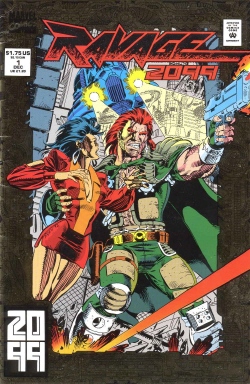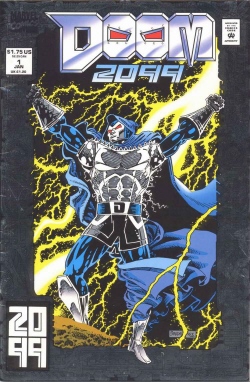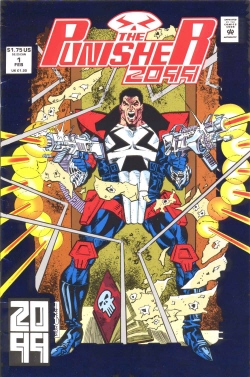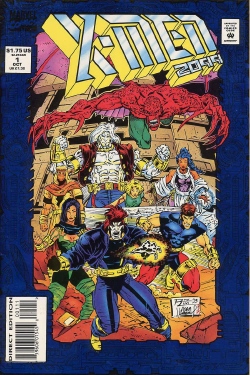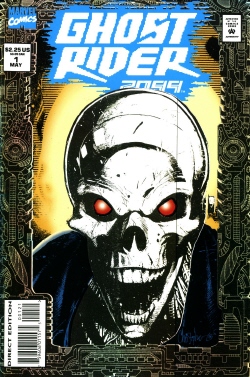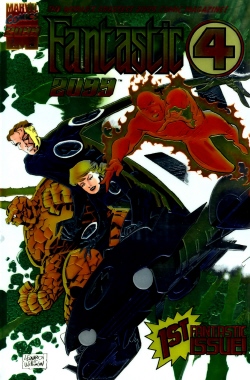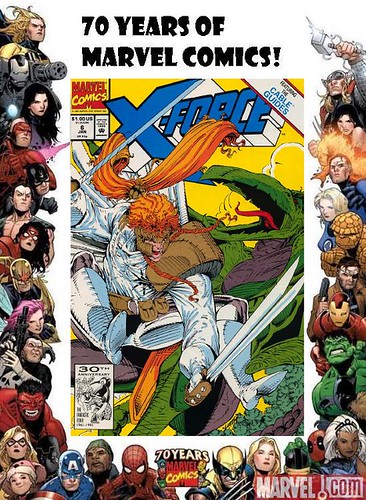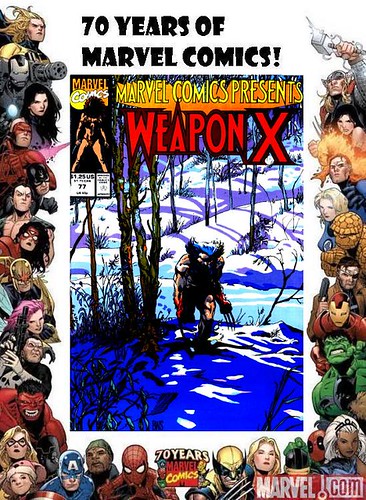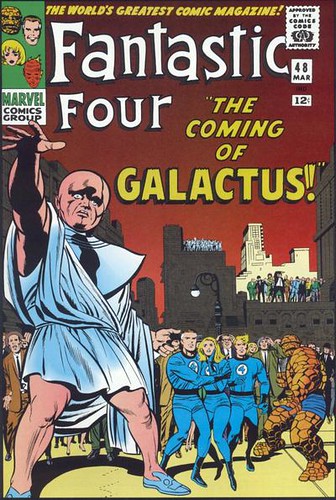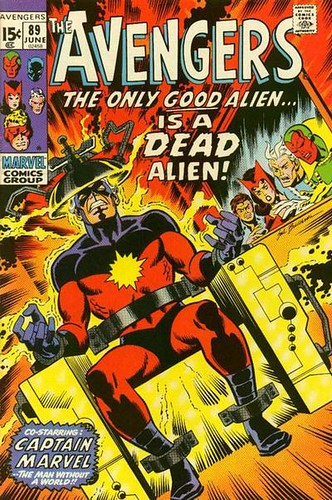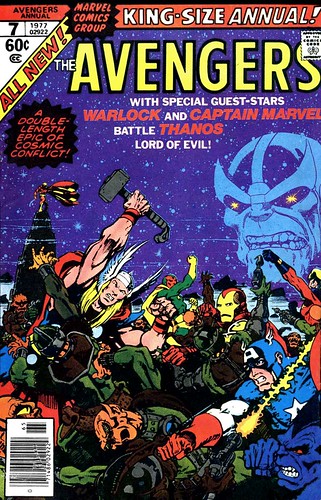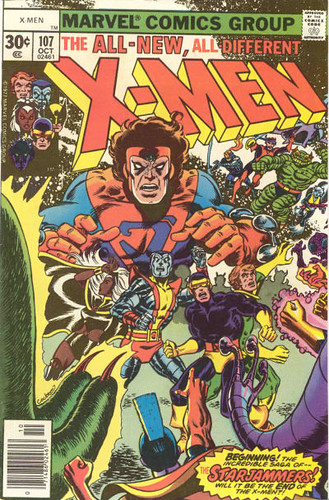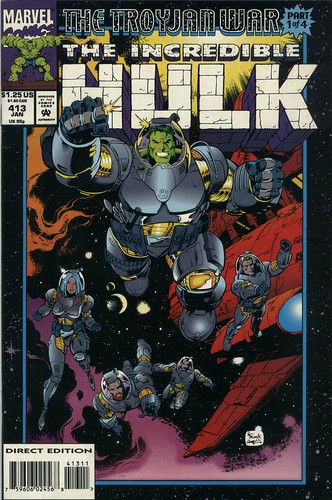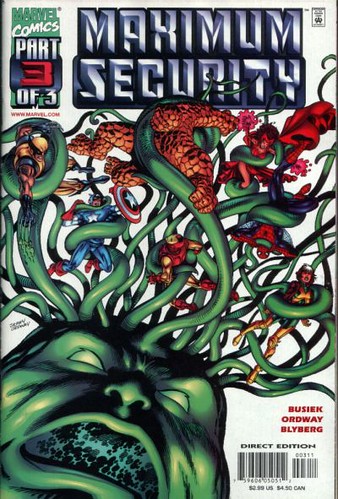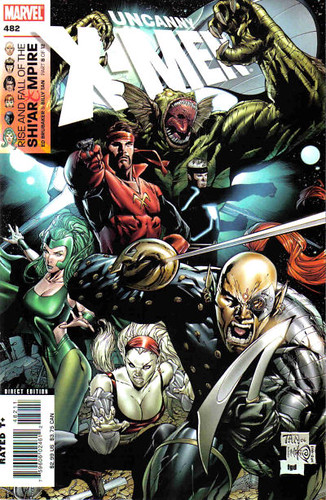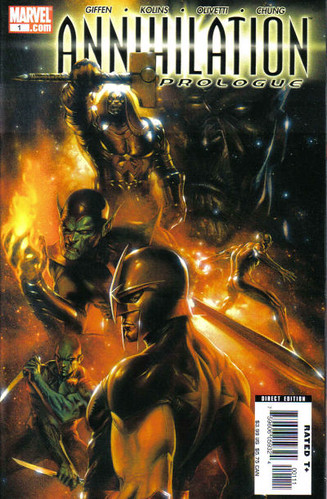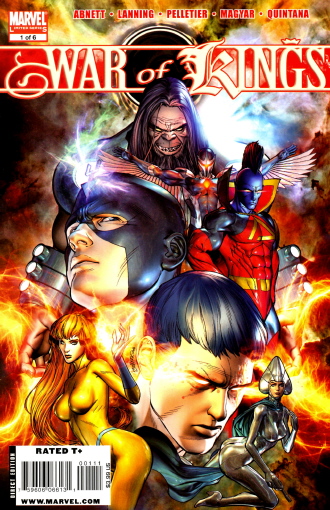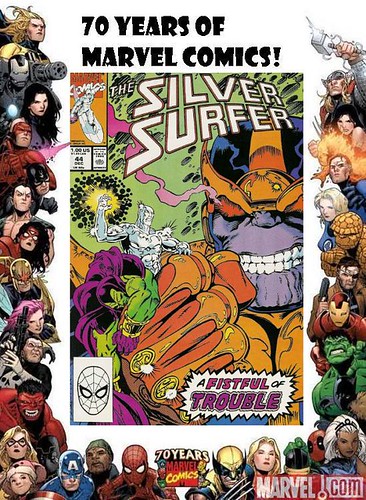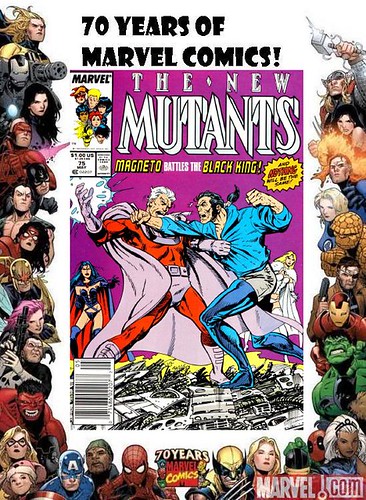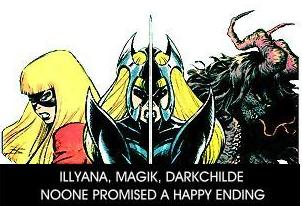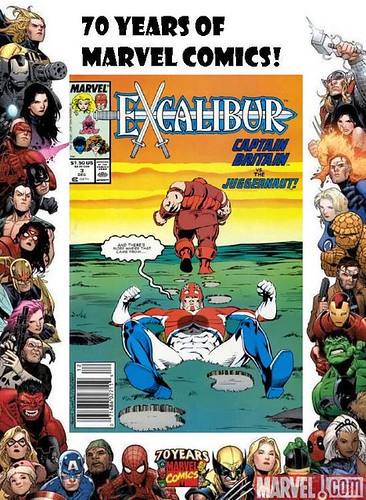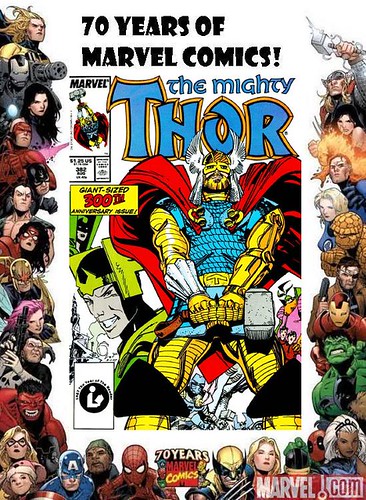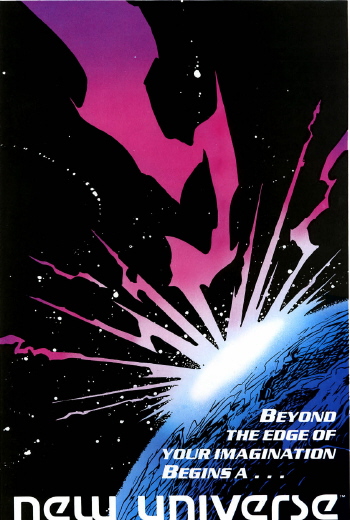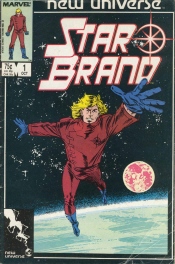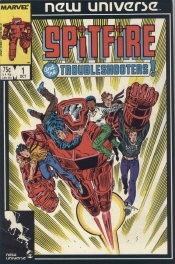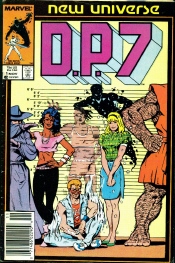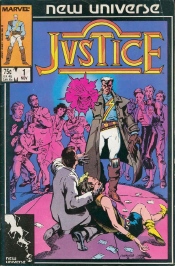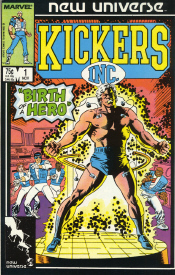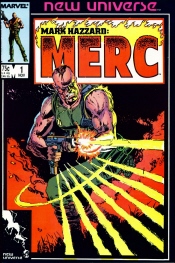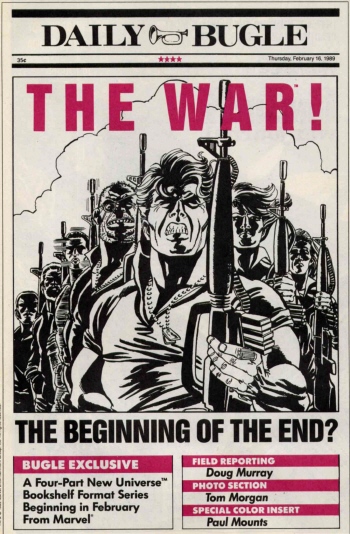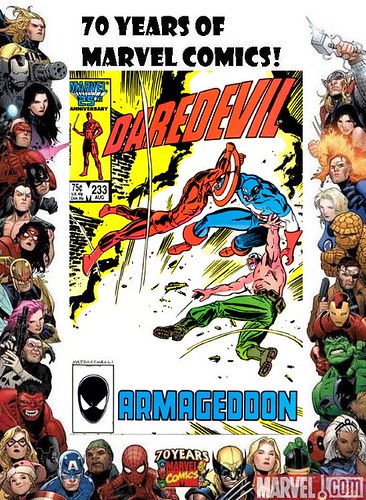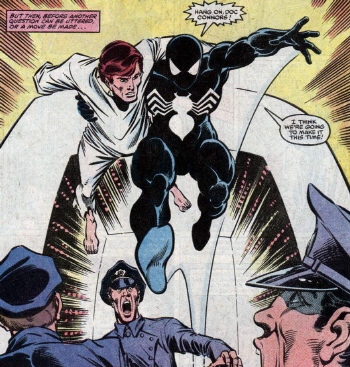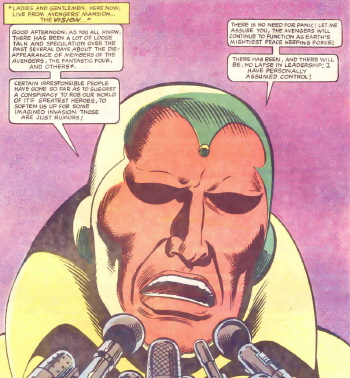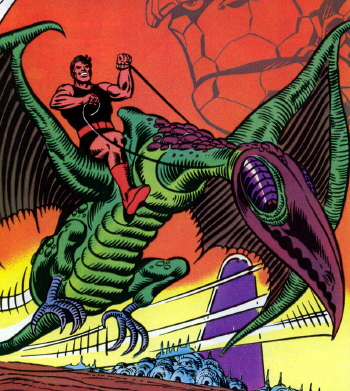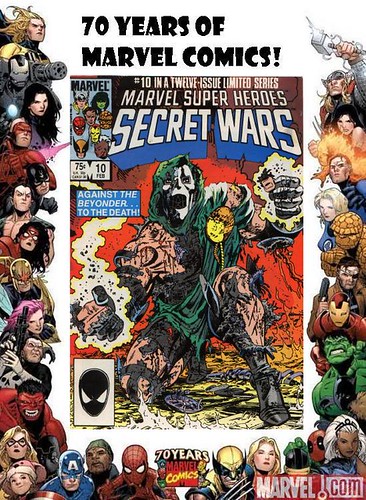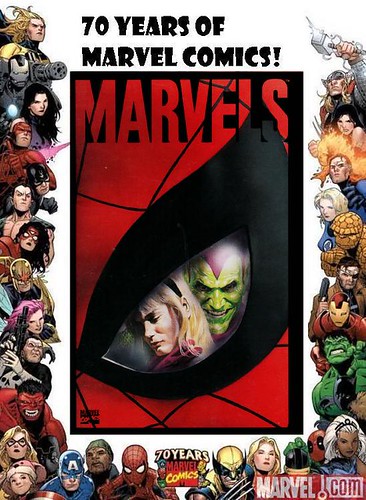
Can you believe there was a time when we weren't all just a bit tired of Alex Ross' painted artwork? Or when hardly anyone had heard of Kurt Busiek? Marvels made stars of both men, and deservedly so. A retelling of some of the most iconic moments from the 60s and 70s of Marvel Comics, through the cynical eyes of a photojournalist, Marvels managed to make events like the coming of Galactus and the death of Gwen Stacy come to life in a way that even Jack Kirby and Gil Kane could only dream. Like all classics, it's probably a bit overrated, but it holds up a damn site better than most modern classics, much like the source material that Busiek and Ross were studying.
1994 was also the year that saw Avengers West Coast shut down and replaced with the much more EXTREME Force Works. It featured some of the earliest Marvel US work by the 2000AD team of Dan Abnett and Andy Lanning, who would do much better on books to come. Mostly made up of disaffected ex-Avengers, Force Works handled cases too EXTREME for other super teams. I'd take the piss out of this more, but it doesn't really deserve it. Not compared to the awful terribleness that was Fantastic Force, an attempt to create an FF franchise. This starred mysteriously grown-up Franklin Richards leading a team of heroes so obscure that they arrived without trace, and vanished the same way a year or so later. Interestingly, the team was brought together by the Black Panther, who somehow managed to wriggle out of membership. Good choice, T'challa.
Less terribly awful, at least at first, was Generation X, an attempt at the whole "mutant kids learning to adjust to their powers in a school environment" concept, that the New Mutants had tried a decade or so back. This saw the transformation of Emma Frost from White Queen of the Hellfire Club to the sarcastic schoolmistress we've all come to know and love.
Another new book, and one which whilst somewhat better regarded, would vanish without trace after barely a handful of issues, was Clan Destine, Alan Davis' follow-up to his Excalibur work. Quirky does not usually equate with longevity, and this was no exception.
Oh, and was there something else? I'm sure there was some other event. Oh, yes, of course. Spider-Man began to share book space with a young man calling himself Ben Reilly. Disaster lay ahead...
In the real world, or close to it, Kurt Cobain broke teenage grunge hearts all over the world, Ayrton Senna crashed into a wall at 135mph, and John Smith died, giving God's Gift To Labour a chance to rule Britain in a couple of years.



